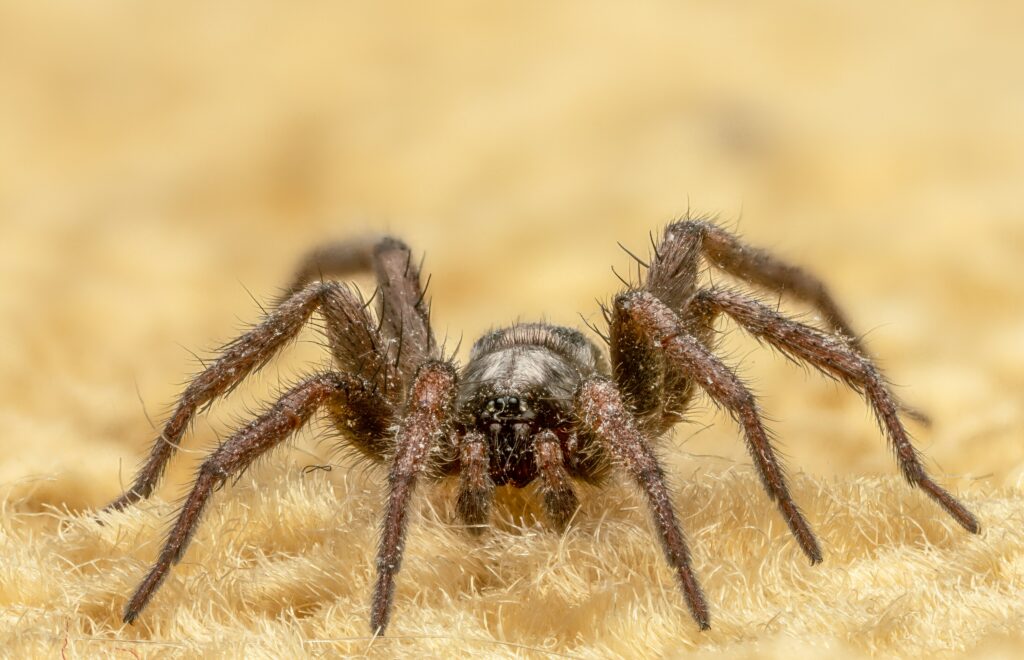When many people spot a spider, their first instinct might be fear or disgust. These eight-legged creatures have been unfairly vilified in horror movies, urban legends, and countless campfire stories. However, the truth about spiders is far more fascinating than frightening. Beyond the few genuinely dangerous species lies a vast world of harmless, beneficial arachnids that play crucial roles in our ecosystems, homes, and even scientific advancements. These unsung heroes of the spider world deserve not just our tolerance, but our appreciation and protection. Let’s explore the remarkable ways these often-misunderstood creatures contribute positively to our world and why they deserve a better reputation.
The Ecological Importance of Spiders

Spiders represent one of nature’s most effective pest control mechanisms, consuming an estimated 400-800 million tons of insects annually worldwide. This natural predation helps keep potentially harmful insect populations in check, including mosquitoes that spread disease and agricultural pests that threaten crop production. Without spiders, many ecosystems would quickly become unbalanced, with explosive growth in certain insect populations. Their role as mid-level predators creates a ripple effect throughout food webs, influencing everything from plant health to bird populations. Even in urban environments, these silent hunters work tirelessly to manage insect numbers without any human intervention or chemical pesticides.
Jumping Spiders: The Curious Companions
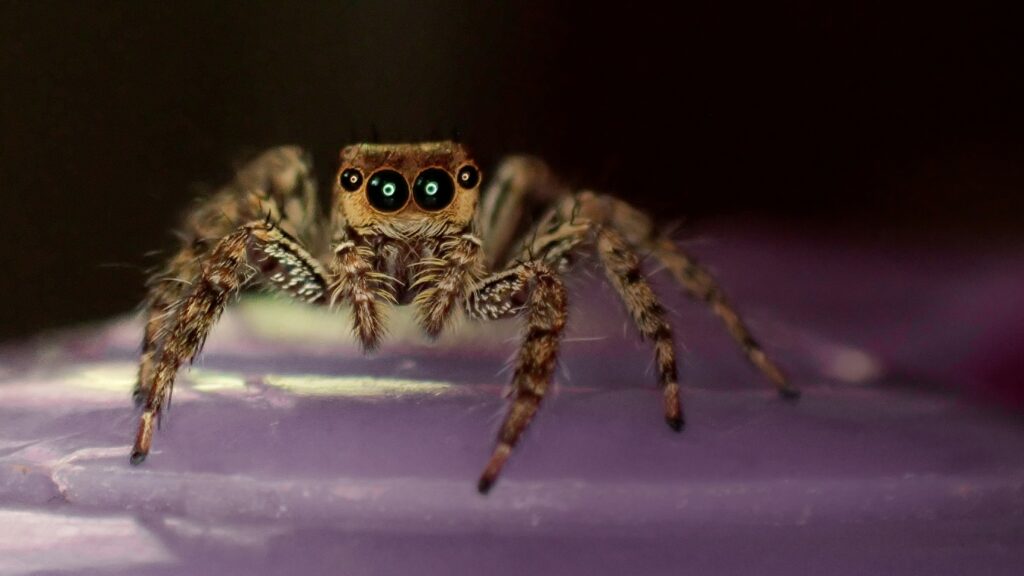
Jumping spiders, with their large forward-facing eyes and inquisitive behavior, represent some of the most endearing members of the spider world. Unlike web-building species, these active hunters use extraordinary vision to track and pounce on prey with remarkable precision. Their intelligence is notable among arthropods, with studies showing they can plan complex routes to prey and even display problem-solving abilities. Many jumping spider species exhibit charming behaviors like “dancing” during courtship rituals, tilting their heads when examining something of interest, or even seeming to “wave” with their pedipalps. Their harmless nature, combined with what many describe as “cute” appearances, has made them increasingly popular as unconventional pets and photography subjects.
Cellar Spiders: The Long-Legged Protectors
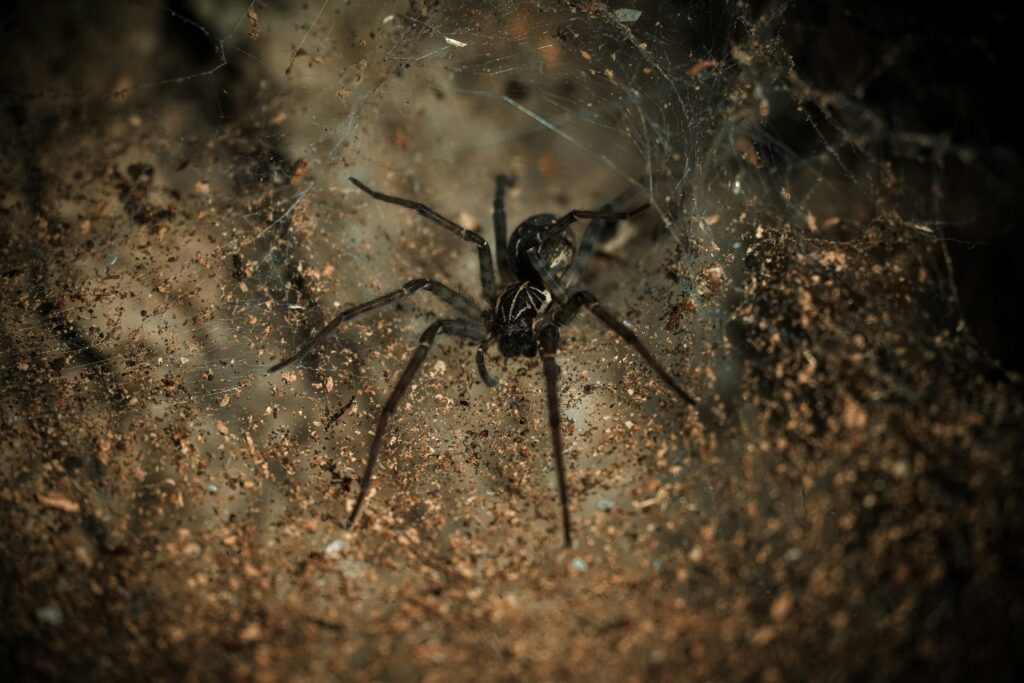
Cellar spiders, often called “daddy long-legs” (though they shouldn’t be confused with harvestmen), are common household inhabitants that offer significant benefits with virtually no drawbacks. These spindly-legged arachnids are completely harmless to humans, despite persistent urban myths claiming they possess highly toxic venom. What makes cellar spiders particularly valuable is their habit of hunting other spiders, including species that might be more problematic for human cohabitation. Their messy, irregular webs in corners and ceilings may not win aesthetic awards, but they serve as effective traps for mosquitoes, flies, and other household pests. Many entomologists consider cellar spiders to be among the most beneficial spider species to have in a home environment.
Orb Weavers: Nature’s Architectural Marvels
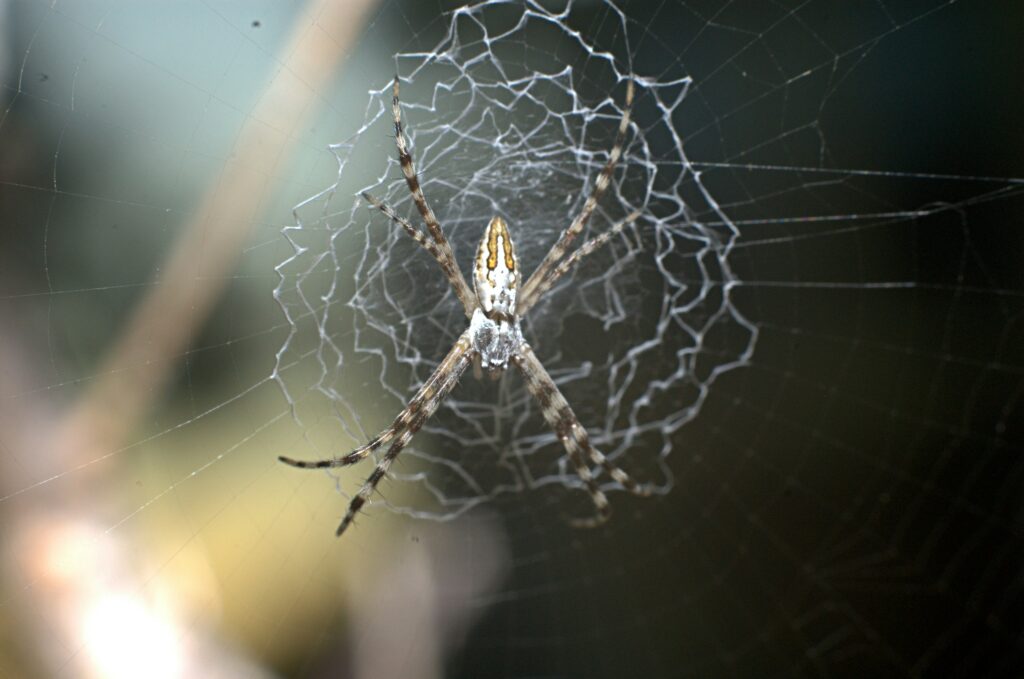
Orb-weaving spiders create the classic spiral wheel-shaped webs that have become iconic in human culture, from Halloween decorations to folklore. These industrious architects rebuild their intricate webs frequently, sometimes daily, using silk that gram-for-gram is stronger than steel. Despite their sometimes alarming size and colorful patterns, orb weavers are generally timid and harmless to humans, preferring to flee rather than bite when disturbed. Their webs serve as natural works of art while functioning as highly efficient insect traps, particularly for flying insects like mosquitoes and flies. Garden enthusiasts often deliberately encourage orb weavers to remain, recognizing their significant contribution to controlling pests that might damage plants.
Wolf Spiders: Ground-Dwelling Guardians
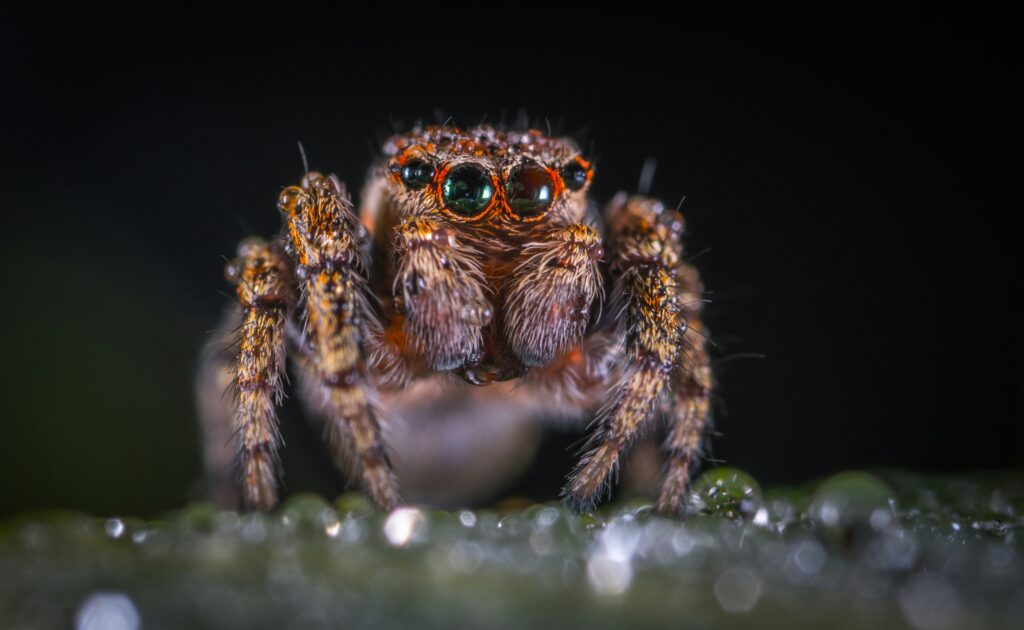
Wolf spiders break the stereotype of web-building arachnids, instead relying on their speed and strength to actively hunt prey on the ground. These keen-eyed hunters are particularly beneficial in gardens and agricultural settings, where they consume significant numbers of potentially damaging insects. Unlike many spider species, wolf spiders exhibit remarkable maternal care, with females carrying their egg sacs attached to their spinnerets and later carrying dozens of spiderlings on their backs until the young can fend for themselves. Though their sudden movements and relatively large size can startle humans, wolf spiders are not aggressive and typically bite only when directly threatened or handled. Their presence in an ecosystem generally indicates a healthy, balanced environment with good biodiversity.
Crab Spiders: Masters of Camouflage
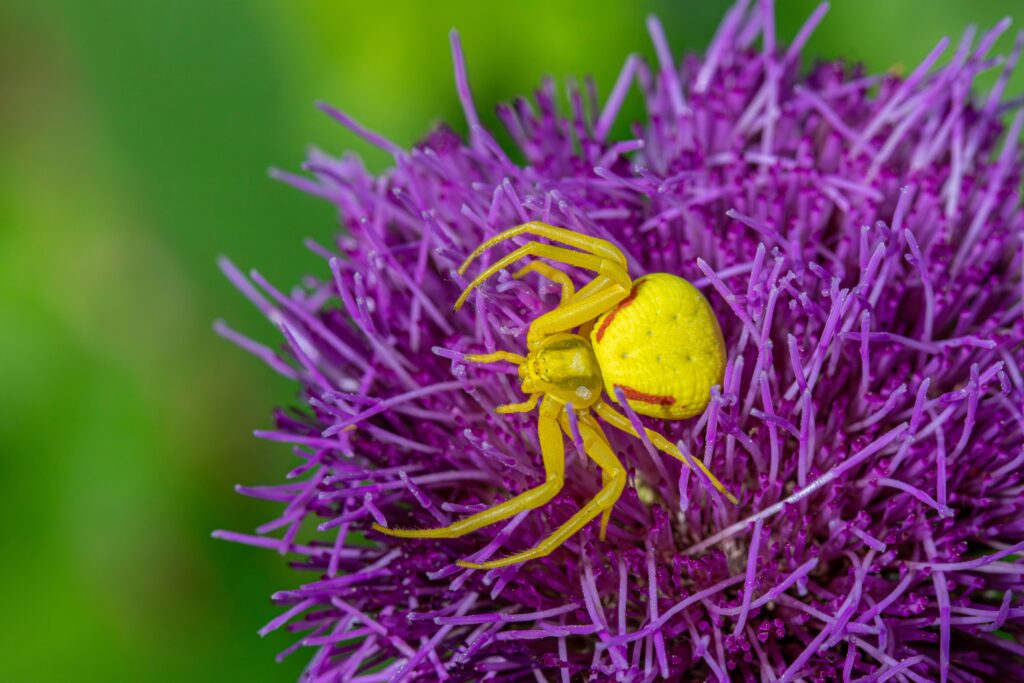
Crab spiders have evolved an extraordinary ability to blend into their surroundings, with some species capable of changing color over several days to match the flower they’re perched upon. These patient ambush predators hold their front legs outward like a crab, waiting motionlessly until prey ventures within striking distance. Despite their impressive hunting abilities, crab spiders pose virtually no threat to humans, as their venom is mild and their jaws typically too small to penetrate human skin effectively. In garden ecosystems, these spiders provide targeted pest control on flowering plants, helping to maintain balance without harming beneficial pollinators like butterflies and bees. Their remarkable camouflage adaptations have inspired biomimicry research in various scientific fields, from military technology to color-changing materials.
Spiders in Scientific Research
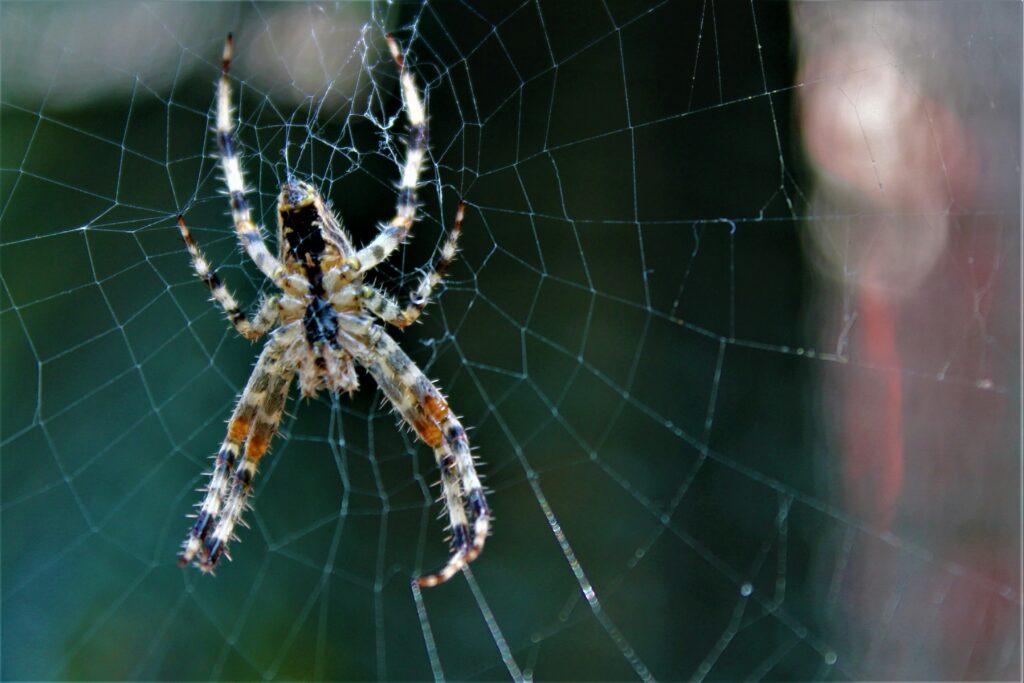
Spider silk has become a focus of intense scientific research, with potential applications ranging from biodegradable fishing lines to bulletproof vests and even medical sutures. The extraordinary combination of strength, elasticity, and lightness found in spider silk has properties that synthetic materials scientists have struggled to replicate. Beyond their silk, spider venom compounds are being studied for potential pharmaceutical applications, including pain management and treatments for cardiac arrhythmia, with some components showing promise for treating conditions like muscular dystrophy. Spiders’ diverse locomotion methods have influenced robotics design, with engineers developing multi-legged robots that can navigate challenging terrain based on spider movement patterns. The evolutionary adaptations of spiders, having survived for over 300 million years, continue to provide invaluable insights across multiple scientific disciplines.
Dispelling Common Spider Myths

Despite their beneficial nature, spiders remain surrounded by persistent myths that unfairly damage their reputation and contribute to unnecessary fear. Contrary to popular belief, humans do not routinely swallow spiders during sleep—spiders generally avoid large, warm-breathing creatures like humans that could represent danger. The myth that “daddy long-legs” possess the world’s most potent venom but “can’t bite humans” has been thoroughly debunked by scientists, as these arachnids have very mild venom and rarely bite. Research shows that most so-called “spider bites” are actually caused by other conditions entirely, including bacterial infections, allergic reactions, or bites from different insects. Understanding the truth about spiders helps combat arachnophobia and encourages more peaceful coexistence with these predominantly beneficial creatures.
Peacock Spiders: Nature’s Tiny Dancers
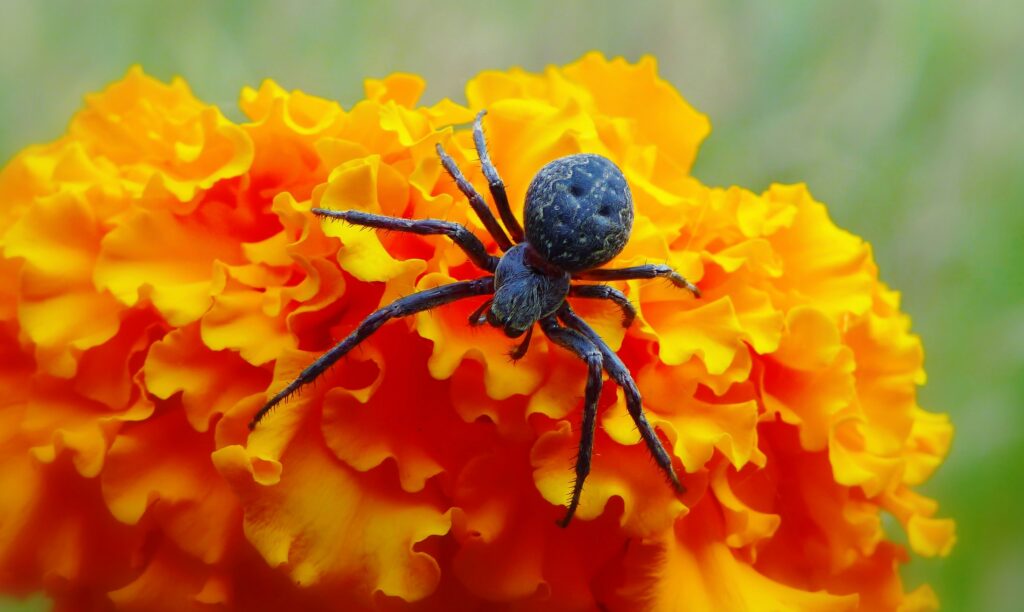
Australian peacock spiders have gained worldwide fame through viral videos showcasing their elaborate courtship dances and stunning colorful displays. Male peacock spiders perform complex choreographed movements, raising their vibrantly colored abdominal flaps and waving their third pair of legs to impress potential mates. These tiny performers, typically measuring just 4-5mm, display colors that rival any bird or butterfly, with recent discoveries revealing that some species produce colors through complex light-manipulating structures rather than pigments. Despite their showstopping appearances, peacock spiders are completely harmless to humans and spend most of their lives quietly hunting small insects. Their popularity has helped change public perception about spiders, with many people finding these charismatic arachnids adorable rather than frightening.
Garden Spiders: Natural Pest Controllers
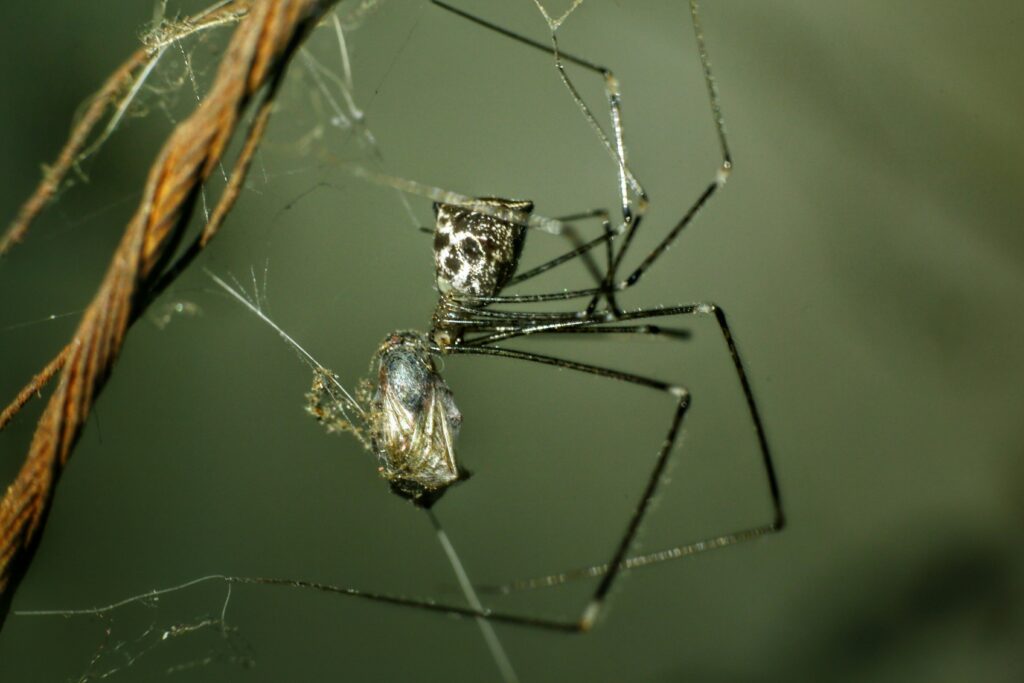
Garden spiders work as tireless agricultural allies, controlling pest populations that might otherwise damage crops and ornamental plants. Studies suggest that the presence of diverse spider species in agricultural settings can significantly reduce the need for chemical pesticides, supporting more sustainable farming practices. Beyond consuming pests directly, the mere presence of spider webs can deter certain insects from settling in an area, creating zones of protection around plants. Garden spiders demonstrate remarkable adaptability, adjusting their hunting strategies based on available prey and environmental conditions. Gardeners who learn to appreciate these allies often find that encouraging spider populations leads to healthier plants and reduced pest problems without chemical interventions.
Living With Beneficial House Spiders
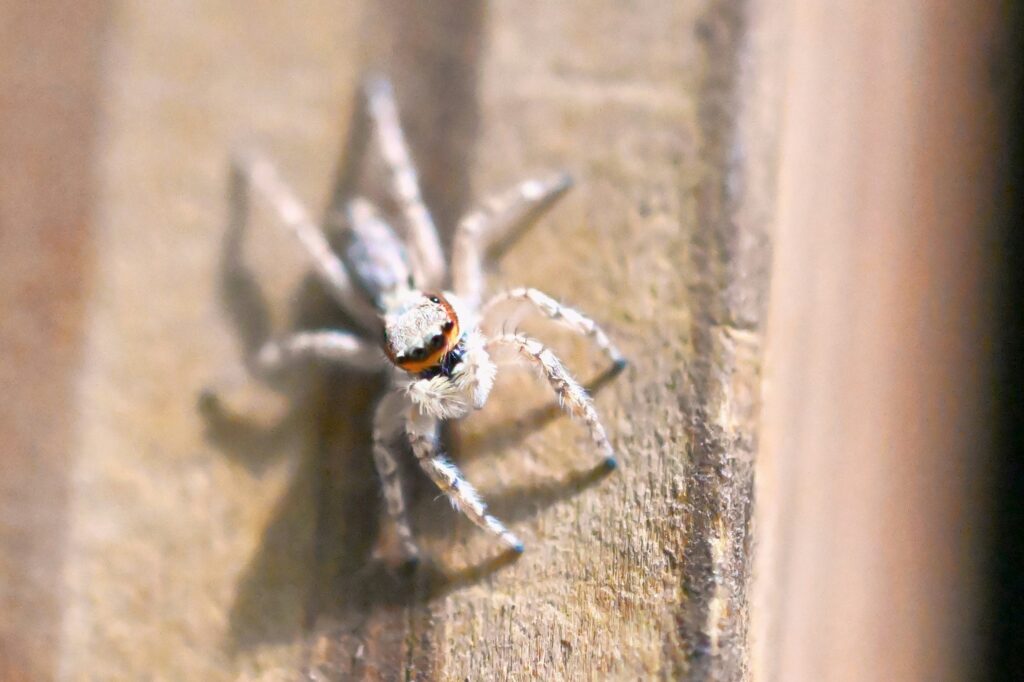
Common house spiders provide valuable services as they quietly hunt household pests like mosquitoes, flies, clothes moths, and cockroaches. Contrary to popular belief, most house spiders have not “come in from outside” but represent species adapted to indoor environments that wouldn’t survive well in the wild. Removing house spiders often proves counterproductive, as it eliminates natural pest control while creating vacancies quickly filled by new spiders. For those uncomfortable with eight-legged housemates, humane removal using the “cup and card” method allows relocation rather than destruction of these beneficial creatures. Maintaining a respectful distance typically ensures peaceful coexistence, as house spiders generally avoid human contact and prefer undisturbed corners where they can continue their pest management services.
Teaching Children About Spider Benefits
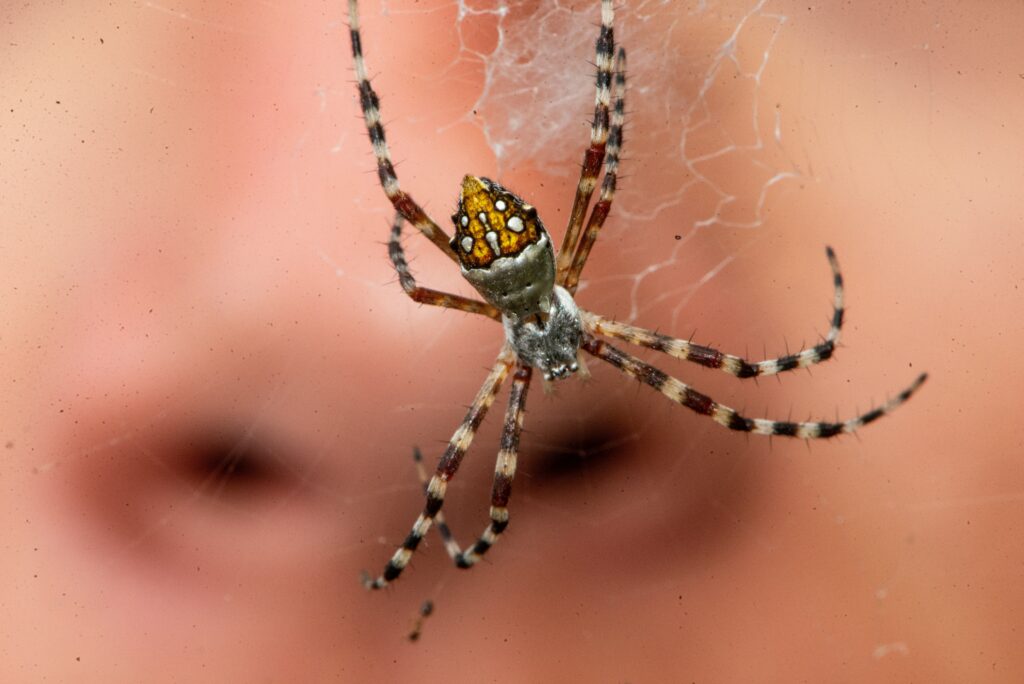
Early education about the positive roles spiders play can help prevent the development of arachnophobia while fostering appreciation for biodiversity. Children who understand that the vast majority of spiders are harmless and beneficial develop more nuanced perspectives about these often-maligned creatures. Guided observation of spider behaviors—watching them build webs, catch prey, or care for young—can transform fear into fascination and provide valuable science learning opportunities. Books, documentaries, and educational websites featuring child-friendly spider information help normalize positive attitudes toward these important animals. When adults model calm, respectful behavior around spiders rather than fear or disgust, they help break the cycle of arachnophobia that often passes from generation to generation.
Conservation Challenges Facing Beneficial Spiders
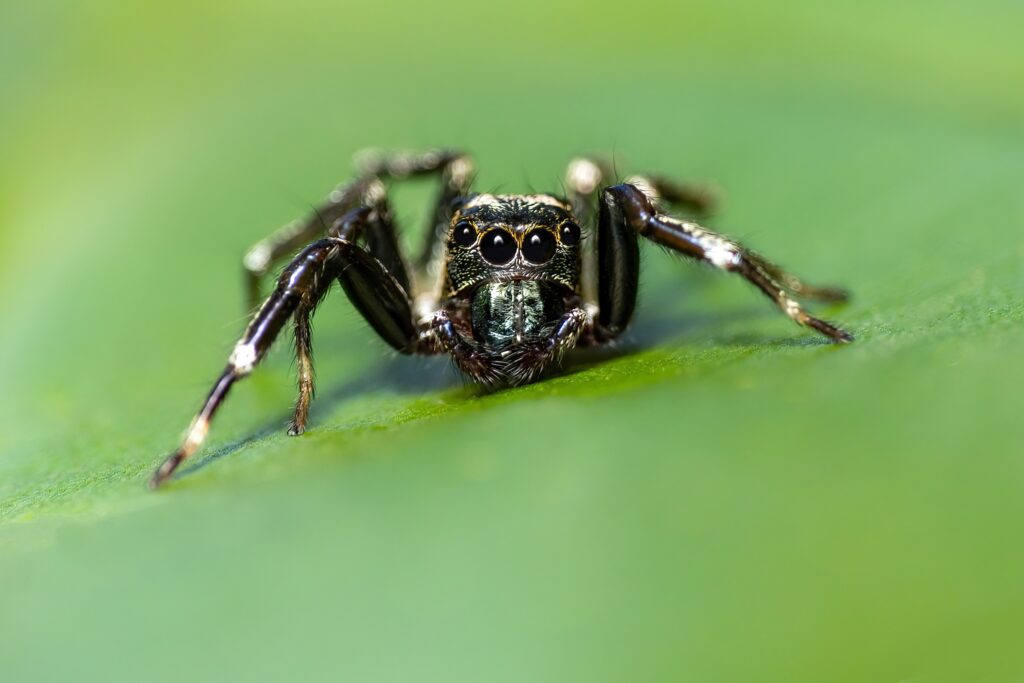
Despite their ecological importance, spider populations worldwide face multiple threats from habitat destruction, pesticide use, climate change, and direct human persecution. Many rare and specialized spider species have already disappeared from regions where they once thrived, representing a silent and largely undocumented biodiversity loss. Widespread insecticide use not only kills spiders directly but also eliminates their prey base, creating “ecological deserts” where these beneficial predators cannot survive. Light pollution disrupts the hunting patterns of nocturnal spider species and interferes with their reproduction cycles. Conservation efforts specifically targeting spider protection remain relatively rare compared to more charismatic animals, despite the crucial ecological services these arachnids provide in virtually every terrestrial ecosystem.
Far from being creatures to fear, the majority of spiders deserve our appreciation as nature’s pest controllers, ecosystem balancers, and fascinating evolutionary success stories. These eight-legged allies have adapted to nearly every terrestrial environment on Earth, developing remarkable specializations while generally avoiding conflict with humans. As we continue to understand the critical roles spiders play—from consuming disease-carrying insects to inspiring scientific breakthroughs—the case for protecting and appreciating them only grows stronger. Perhaps it’s time to reconsider our cultural portrayal of spiders, recognizing these remarkable creatures not as villains but as the helpful, harmless heroes they truly are in the complex web of life on our planet.

